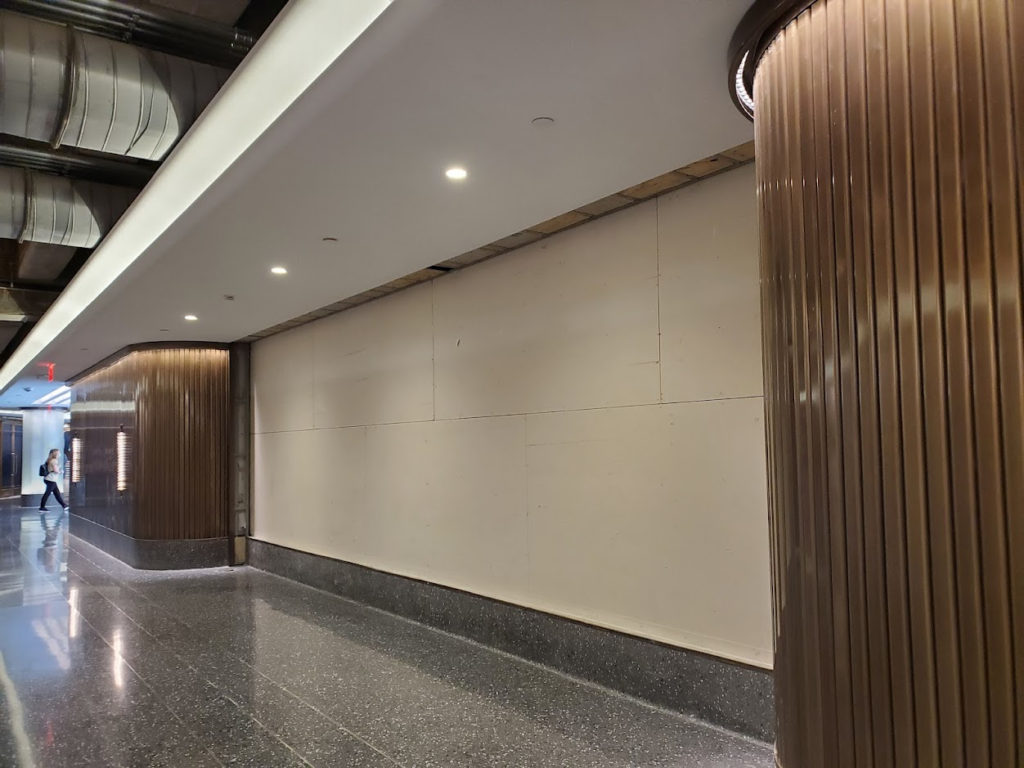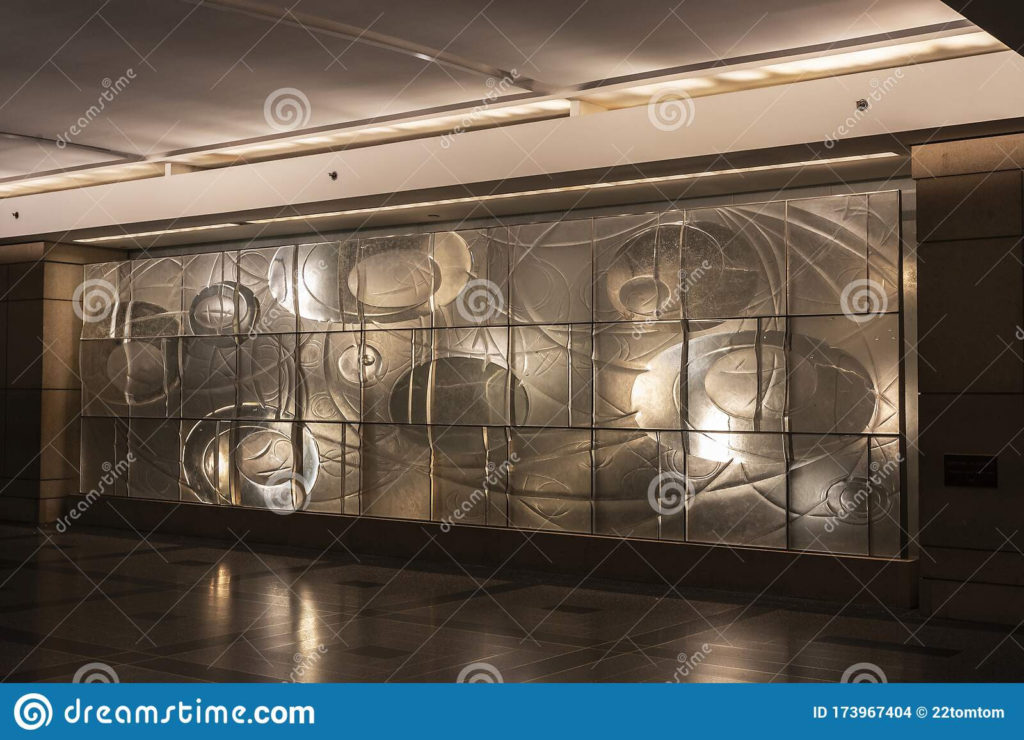Weekend, May 14-15, 2022 – We got in the family car and off we were to a day away


Tuesday, May 17, 6:30 pm
Discovering the Wild Side of RI
Rossana Ceruzzi, founder of the island’s Wildlife Freedom Foundation, describes our rich wildlife population and how the organization cares for these creatures, rescuing, healing and sheltering the injured and vulnerable.
Register at: https://www.nypl.org/events/programs/ 2022/05/17/rihs-lecture-discovering-wild-side-ri

FROM THE ARCHIVES
WEEKEND, MAY 13-15, 2022
THE 675th EDITION
Spring and Trolley Parks:
Memories
STEPHEN BLANK
When I was in grade school, back in Pittsburgh, we waited all spring for the Baldwin School System’s Annual Picnic at Kennywood Park. It was planned like D-Day. The first wave was made up of grandmothers who hauled masses of food on to the #68 trolley (by then, “streetcars”) that made its way finally to the Park. They staked out the best tables and waited for the second wave, families soon to arrive. (I recall a certain competition among the grandmothers over the size and variety of their picnic spreads.) The third wave, boys and girls perhaps in 7th and 8th grades, arrived more casually, boys and girls apart of course, but always looking out to see who was there. There were rides and arcades, food stands and of course the picnic area. At the end, we all piled back on the trolley car and made our way home. Over many years, I remember holding hands with Marianne Cunningham and kissing Judy Rubinstein in the dark tunnel on the Jack Rabbit Roller Coaster.

Kennywood as I remember it.
Kennywood was a classic “destination” trolley park, one of many that sprang up with the rise of the electric trolley. It was created in 1898, by the then Monongahela Street Railways Company (partially owned by Andrew Mellon) in an attempt to earn extra revenue by providing customers a destination at the end of the line. Trolley parks sparkled with picnic groves, parks, dance and concert halls, and areas for recreation and relaxation. As their popularity grew, trolley parks also introduced swimming pools, Ferris wheels, rides, roller coasters, penny arcades, balloon ascensions, merry-go-rounds and other early amusement attractions.


The most famous trolley, of course, was one the Judy Garland rode on the way to the 1904 St. Louis World’s Fair in the 1944 film M
Meet Me in St Louis. Remember “Ding, ding, ding went the bell”?
But the most celebrated trolley park at the time, of course, and the prototype for all others was Coney Island. Between 1880 and World War II, Coney Island was the largest amusement area in the United States, attracting millions of visitors. At its height, Coney Island housed three competing amusement parks: Dreamland, Luna Park, and Steeplechase Park. Coney Island also saw a number of more obscure amusement parks like the short-lived Sea Lion Park.

Luna Park around the turn of the century. Wikimedia Commons
Coney’s beginnings date back at least to 1875 when Andrew Culver combined several rail lines into the Prospect Park and Coney Island Railroad, which drew huge weekend crowds. Culver’s 300-foot-tall Iron Tower, then the tallest structure in New York City, was an early amusement. The tower had a steam-powered elevator to whisk visitors up to a panoramic view. The first roller coaster at Coney Island was LaMarcus Adna Thompson’s Switchback Railway, constructed in 1884 that cost a nickel to ride.
Soon, Coney Island would be known “Sodom by the Sea” with freak shows, lurid dime museums, shooting galleries, burlesque and more. The best known strip was the Gut, and its icon was the Elephant Hotel, a 120-foot-tall elephant built in 1885 with blue tin skin and glass eyes that gleamed in the night and offered ocean views through its irises. The hind legs had spiral staircases up to the 31 rooms in the torso, and the front legs contained a cigar store and diorama. The phrase “seeing the elephant” meant you were up to no good in Coney Island.

The famed Elephant Hotel. Wikimedia Commons
Most trolley parks were more conservative and less risqué than Coney Island. Many of these parks were closed on Sundays in deference to the church-going culture of the era. By 1919, it is said there were 1,000 amusement parks around the country, and most were trolley parks. Others say there were as many as 2,000.
The reason for trolley parks’ success was not just that trolley lines were looking to increase their business by building something fun at the end of the line. There was a new, growing and ready market of masses of young immigrants, mostly workers without much money but eager to enjoy the pleasures of the parks. And you didn’t have to know much English either to spend a happy day there. That’s why so many trolley parks opened in industrial cities, like Pittsburgh. This is the reason, too, that the Nickelodeons were first successful in Pittsburgh, with so many young people with not much more than a nickel in their pockets.
Pittsburgh had nearly two-dozen trolley parks between the late 1800’s and mid 1950’s. And with business came innovation. The Pittsburgh area was home to some of the giants of the amusement park industry of the time: George Ferris (Ferris wheels), Harry Traver (coasters, Laff in the Dark, Tumble Bug, and many other rides), Fred Ingersoll (coasters, mill rides), and Zarro (early funhouse attractions).
By the 1930’s and 1940’s with the growing popularity of the automobile, the trolley parks largely disappeared. The trolley parks were replaced by a new amusement site – the roadside attraction. While the first amusement parks were built as destinations, the roadside attraction was designed to be a stop during the journey. A family outing in their automobile might end at a roadside amusement park, or it might be spotted as they drove along, and tempted to stop. (For me, in our yearly drive from Pittsburgh to Miami Beach, we stopped at Parrot Farm and Monkey Jungle – and many others along the way.)
In New York the trend began with amusement entrepreneur William Nunley who wanted to take advantage of the Sunrise Highway, a busy road used by thousands of motorists. He built a carousel adjoining a restaurant, hoping that families looking for a place to eat would chose the one with an attached ride for the kids. The building expanded to include an arcade, and more amusements were added to an adjoining lot which was dubbed Happyland. Nunley’s restaurant became a huge success, and he built more restaurants with attached amusement parks including one in Yonkers, and the Jolly Roger in Beth Page.

Nunley’s in Baldwin, Long Island. It was one of the first amusement parks combined with a restaurant.
One of the Nunley’s restaurants was built on Cross Bay Blvd in Broad Channel, just on the other side of the Cross Bay drawbridge from Rockaway Playland. The road was heavily traveled by motorists going to Playland, and Nunley gambled that he could convince a good number to stop on the way. Nunley’s Broad Channel soon expanded into the successful Broad Channel Amusement Park. The Nunley model drew others. Treasure Island Restaurant & Arcade and its adjoining amusement park Kiddy City was built on an undeveloped stretch of Northern Blvd, across the street from Alley Pond Park. Adventurer’s Inn was located in College Point on the edge of the now decommissioned Flushing Airport. All have perished.
There were other roadside attractions. I remember well the first drive in restaurant where we lived – called “Eat and Park”, I think. (No servers on roller skates, however.)

And, of course, drive-in movies. Drive-in movies first appeared in the 1930s, but they gained immense popularity during the 1950s and ‘60s with the Baby Boomer generation. Over 4,000 drive-ins throughout the U.S. attracted families and smoochers. And strip malls – another roadside attraction. By this point, we pretty much lived in our cars.

My Chevy 1956 Bel Air Convertible
All well and good, and by and large all gone. I didn’t go to Coney Island as a kid, but I have fond memories of our school picnics at Kennywood Park. Baldwin was pretty much a working class, ethnic community – and the school picnics were a wonderful opportunity to bring large families together. (As long as it didn’t rain.) Good Memories.
Thanks for reading.
Stephen Blank
RIHS
November 27, 2021
WEEKEND PHOTO
Send your response to:
roosevetltislandhistory@gmail.com

FRIDAY PHOTO OF THE DAY
The escalators leading to the rink level at 30 Rockefeller Plaza.
NINA LUBLIN N AND JAY JACOBSON GOT IT RIGHT
The entire floor is under construction and most of the shops are gone. The enormous post office has closed at the site. It is sad to see the place gutted and being “re-developed” with new shops.
Hopefully some of the classic details are being preserved.
The glass mural by Noguchi (?) is gone “to storage” If you remember this mural just inside the skating rink, please contact me.

FROM READERS:
Great VW story by Jay ! My ownership of an orange bug was no way so colorful. Just odd breakdowns from piston rings that never sealed properly, and car would just STOP when they decided to overheat . . .after sitting a long time to cool . . would start up again. I gave up on it. Hugs to you, Susan Hi, Judy…
Thanks for Jay Jacobson’s delightful history of his VW Beetle.
Likewise, my first car was a black 1957 VW Beetle. I bought it during my sophomore year at the University of Texas at Austin. I paid $800 for it. It had no gas gauge but a lever under the dash could be flipped to access another gallon of gas to get to the service station!
Here’s the best part. I drove this car for my remaining years at the university. I joined the Peace Corps and my middle brother inherited the car.
He drove it for four years and my youngest brother inherited it from him and drove it for another four years.
Sadly, we sold it…for $800. Can you imagine what it would be worth today?Dave
Text by Judith Berdy
Thanks to Bobbie Slonevsky for her dedication to Blackwell’s Almanac and the RIHS
Thanks to Deborah Dorff for maintaining our website
Edited by Deborah Dorff
All image are copyrighted (c)
All image are copyrighted (c) Roosevelt Island Historical Society unless otherwise indicated
Sources
http://www.dafe.org/articles/darkrides/darkSideOfKennywood.html
https://brooklynbased.com/2021/07/22/brooklyn-history-coney-island/
https://www.themedattraction.com/trolley-parks-americas-first-amusement-parks/#:~:text=The%20Trolley%20Park%20may%20have,could%20power%20a%20trolley%20car.
https://popularpittsburgh.com/pittsburghs-amusement-park-history/
https://wanderwisdom.com/travel-destinations/There-Was-Once-An-Amusement-Park-Here-Part-II-New-York-Citys-Lost-50s-Era-Amusement-Parks
https://www.denverpost.com/2010/08/05/trolley-parks-transport-visitors-to-a-simpler-time/
FUNDING PROVIDED BY ROOSEVELT ISLAND OPERATING CORPORATION PUBLIC PURPOSE GRANTS CITY COUNCIL REPRESENTATIVE BEN KALLOS DISCRETIONARY FUNDING THRU DYCD


Copyright © 2022 Roosevelt Island Historical Society, All rights reserved.Our mailing address is:
rooseveltislandhistory@gmail.com



Leave a comment